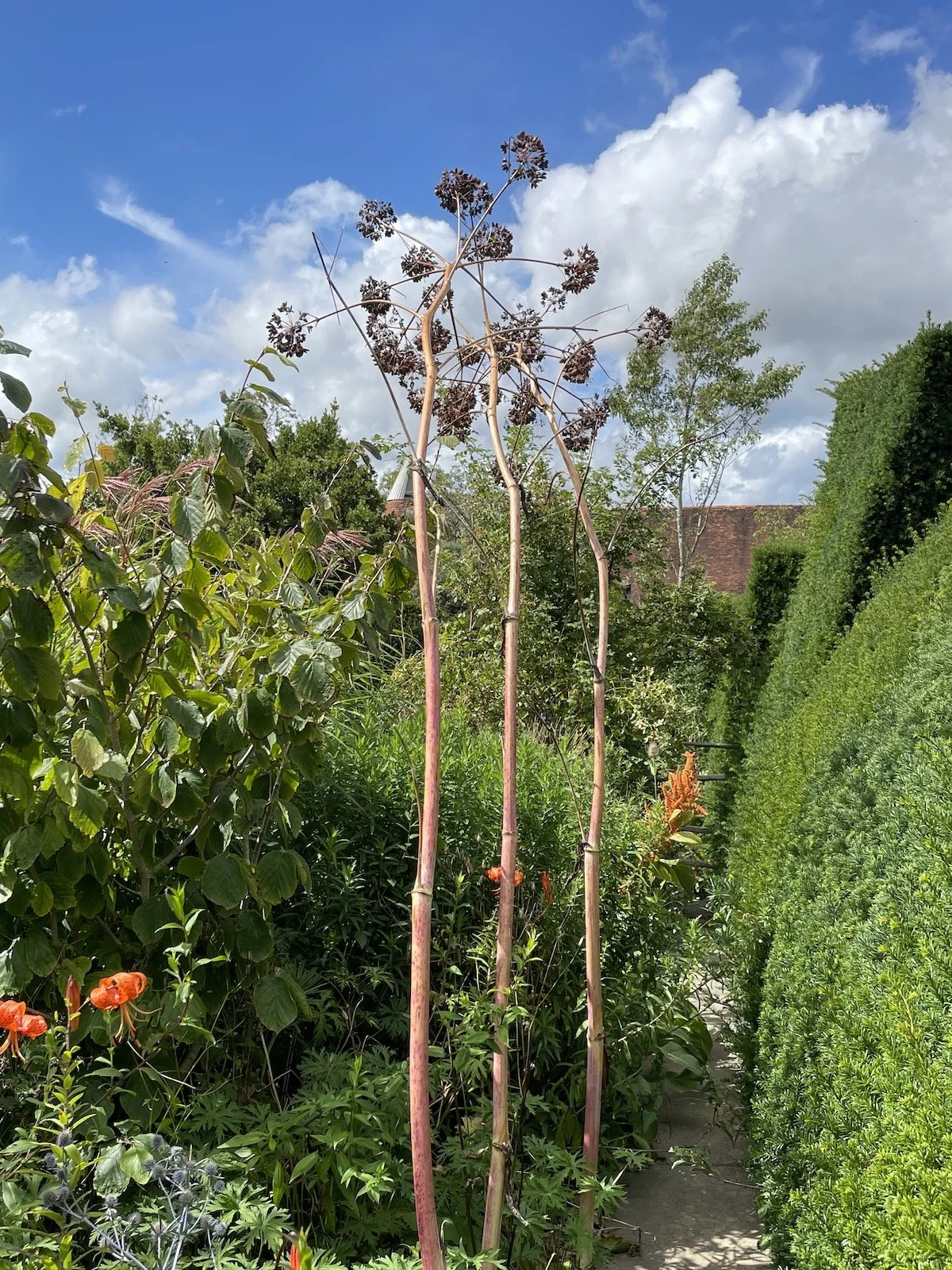Urban Garden Design to encourage Wildlife
Living in the heart of London doesn’t mean that you have to miss out on the wonders of wildlife. Transforming your urban city garden into a haven for wildlife is not only possible but can also be incredibly rewarding. Creating a thriving ecosystem adds natural beauty and also plays a crucial role in supporting local wildlife. By including a few simple, yet effective ideas into your landscape and garden design, we can help you to transform your outdoor space into a haven for birds, insects, and other creatures.
Choose purple plants to encourage pollinators
Native Plants:
By choosing native plants and trees as the foundation of your garden planting design, we can attract native insects, which are essential for a balanced ecosystem. These species are better adapted to the local climate and soil and provide a familiar and nourishing environment for local wildlife. For example the Crab apple (or Malus sylvestris) encourages a range of insects in spring as the blossom is a good source of pollen and nectar, particularly for bees. In addition the new leaves provide food for hungry moth caterpillars and in the autumn the small crab apples are loved by birds, mice, voles, foxes and badgers.
Diverse Vegetation:
We will also include a variety of plants in your new planting scheme to cater for the needs of different types of wildlife. We like to include flowering plants for pollinators, shrubs for shelter, and trees for nesting. Creating a variety of layers within your garden mimics natural habitats and offers a range of habitats for different species.
Water Features:
If you would like to attract more wildlife then we suggest including water features such as bird baths, ponds, or small fountains in your new garden design. These not only provide drinking water but also serve as crucial habitats for amphibians such as frogs and toads as well as insects, and birds. It is important to ensure that there are shallow areas at the edges of your water feature for easy access and escape for smaller creatures.
Bird Feeders:
An easy way to attract more wildlife into your garden is to install bird feeders with a variety of seeds to attract different species. It is important to regularly clean and refill the feeders to maintain a healthy environment for the birds and where possible, look for squirrel proof bird feeders .
Avoid Chemicals:
We always recommend that clients limit the use of pesticides and herbicides, as these chemicals can harm wildlife and disrupt the natural balance of your garden. If possible, embrace organic gardening methods to maintain a harmonious relationship between plants, insects, and other organisms.
Attract bees to your garden.
Nesting Boxes:
If possible include nesting boxes for birds and bats in your garden design. Strategically placing these boxes around your garden can encourage breeding and contribute to the overall biodiversity of the local area. The RSPB has useful information about a range of bird boxes to attract different species of bird at https://www.rspb.org.uk/ . Also, The Bat Conservation Trust has useful information on installing bat boxes at https://www.bats.org.uk/our-work/buildings-planning-and-development/bat-boxes.
Don’t be too tidy!
We encourage clients to leave their gardens a little messy and to avoid having an overly tidy garden, particularly in autumn and winter. Leaving some areas untouched, with fallen leaves and decaying plant matter, creates habitats for insects and small organisms. These, in turn, attract larger wildlife and contribute to the natural nutrient cycle.
Planting at Great Dixter with plenty of habitats for wildlife
So, to sum up, transforming your garden into a wildlife-friendly haven can be simple and fun. By following these steps, you not only contribute to biodiversity conservation but also can enjoy the beauty of a garden teeming with life. Very soon, your London garden could be a buzzing, chirping, and hopping haven for all kinds of wildlife.



